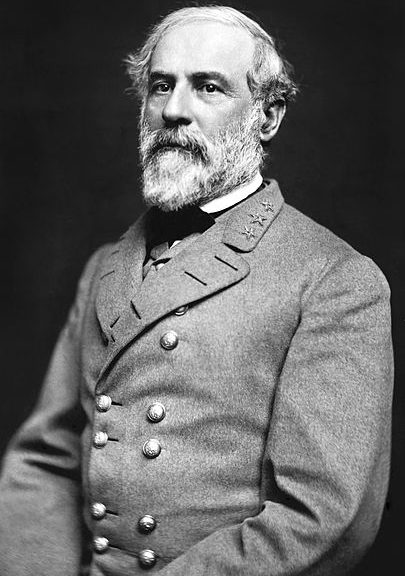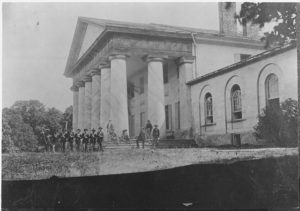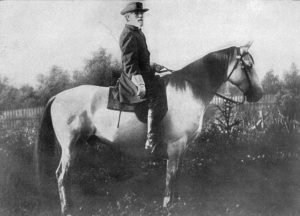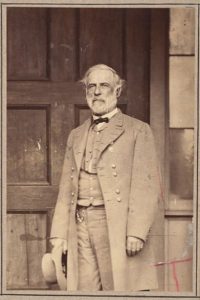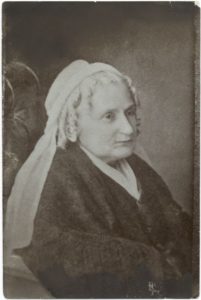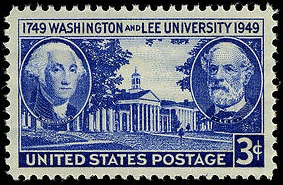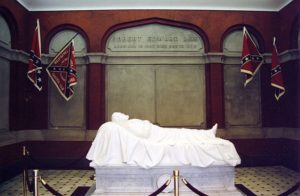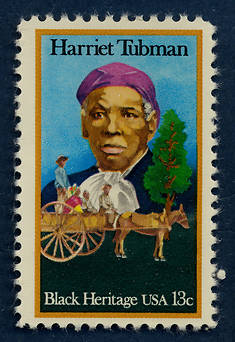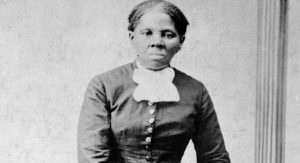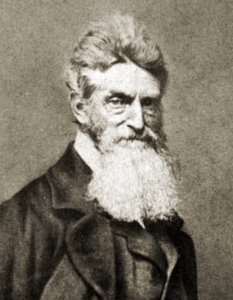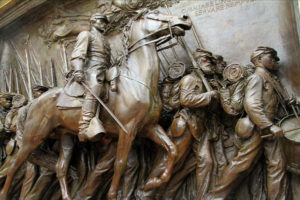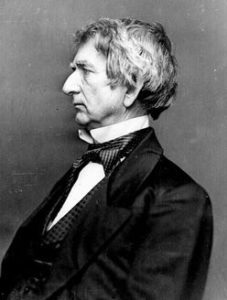Robert E. Lee, Valiant Hero or Misguided Traitor?
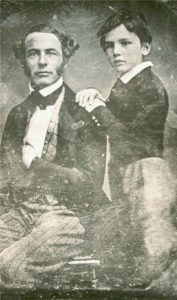
Robert E. Lee was born on January 19, 1807. He was the son of Henry Lee III and Anne Carter, Henry and Ann’s fifth child.

Lee was initially assigned to assist in the construction of a fort on the Savannah River, 12 miles from the city of Savannah, Georgia itself. But construction was unsuccessful and it would be sixteen years before Fort Pulaski was completed. Long before that, Lee would be fortuitously reassigned to Fort Monroe, near present day Hampton, Virginia. He visited Mary Custis at her family home, Arlington House, which overlooked the Potomac and Washington, DC. Lee’s initial proposal to Mary Custis was accepted by her and her mother but her father, George Washington Parke Custis, the adopted son of George Washington and the grandson of Martha Washington was initially opposed. Not only was Robert E. Lee from a family with limited financial resources, “Light Horse” Harry Lee’s questionable business practices had brought the hint of scandal to the entire Lee clan.
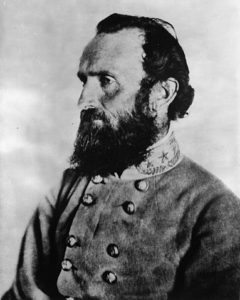
From a leadership perspective, Lee would also be forced to face the reality of the loss of Stonewall Jackson. Initially thought to be able to recover from his gunshot wounds inflicted by friendly fire, Jackson contracted pneumonia and died on May 10. Lee was uncharacteristically emotional in a letter to his son, Custis: “It is a terrible loss. I do not know how to replace him. Such an executive officer the sun never shone on. I have but to show him my design and if it can be done, it will be done.”
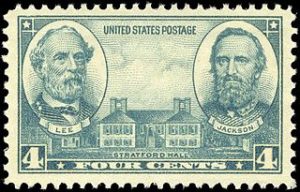
Both of Lee’s parents emanated from two of Virginia’s most aristocratic families. Henry Lee III was a Revolutionary War cavalry officer who earned the nickname “Light Horse” for his equestrian ability during combat. His mother’s family lived at Shirley, one of the oldest and most profitable tobacco plantations in the state of Virginia. At the time of their marriage, Henry Lee was Virginia’s governor and would also serve the state as a member of the US House of Representatives. However, by the time of Robert E. Lee’s birth, his father had suffered significant economic setbacks forcing the family to abandon the Lee ancestral home of Stratford Hall.
Podcast: Play in new window | Download
Subscribe: RSS

